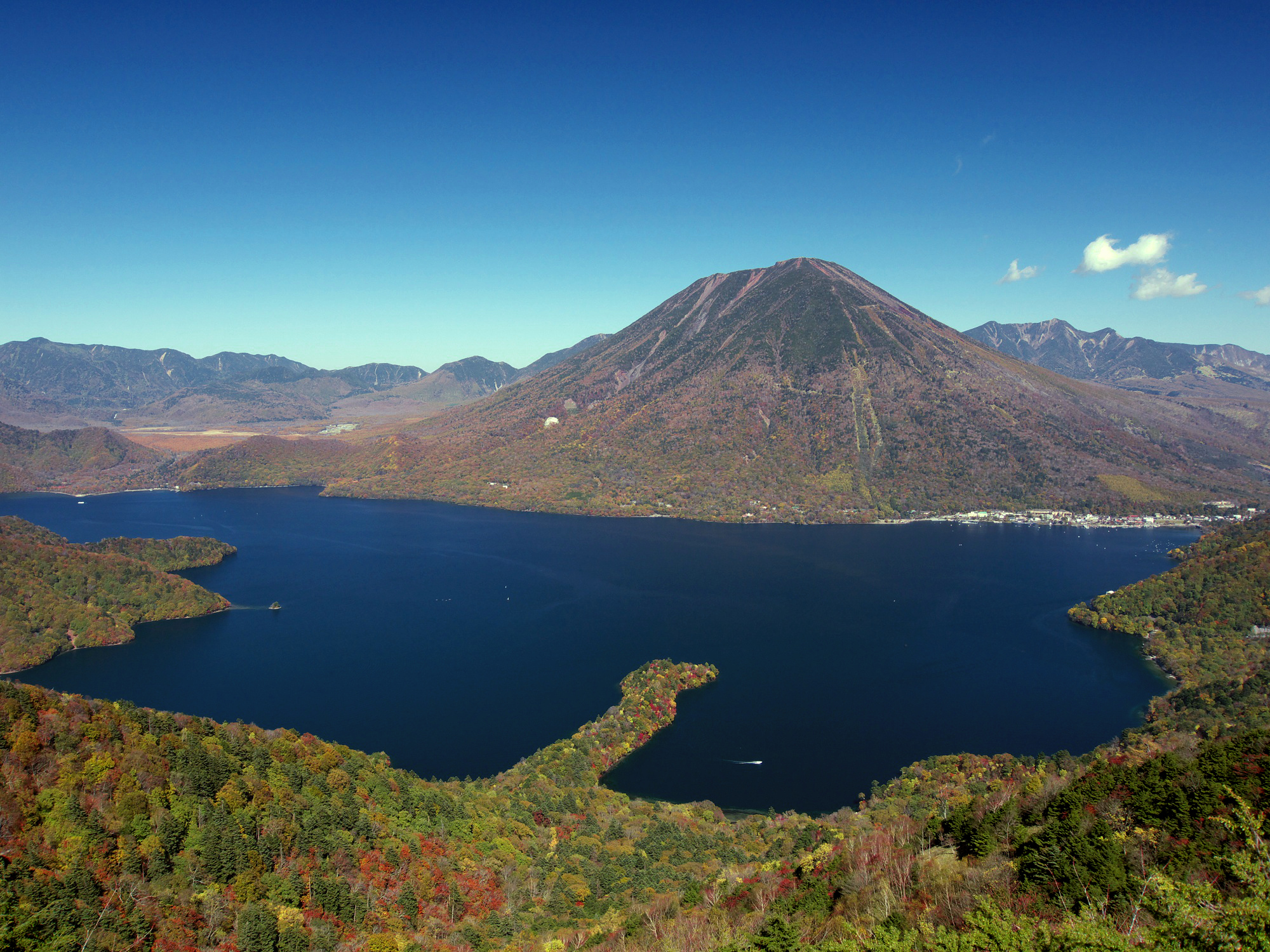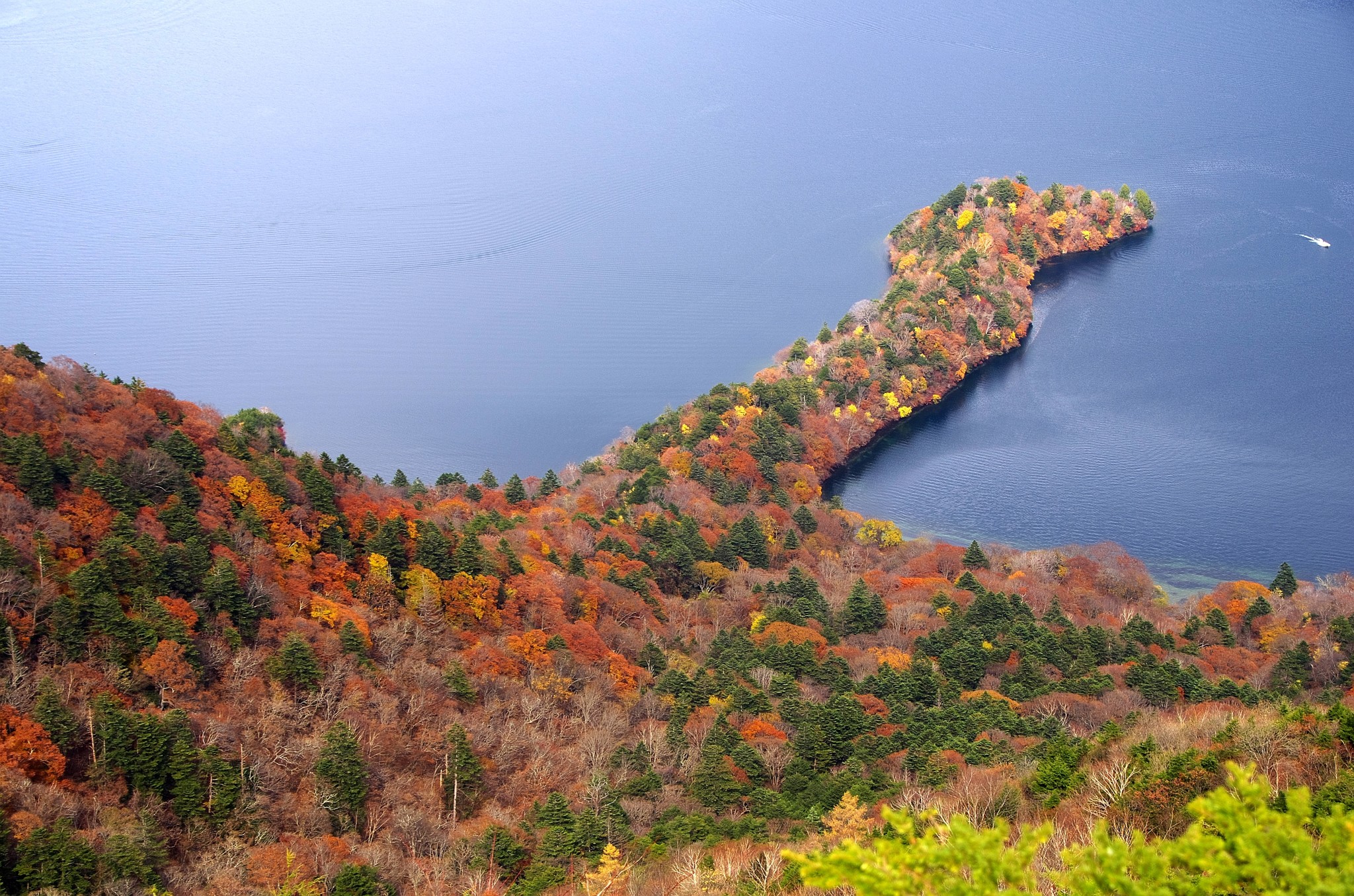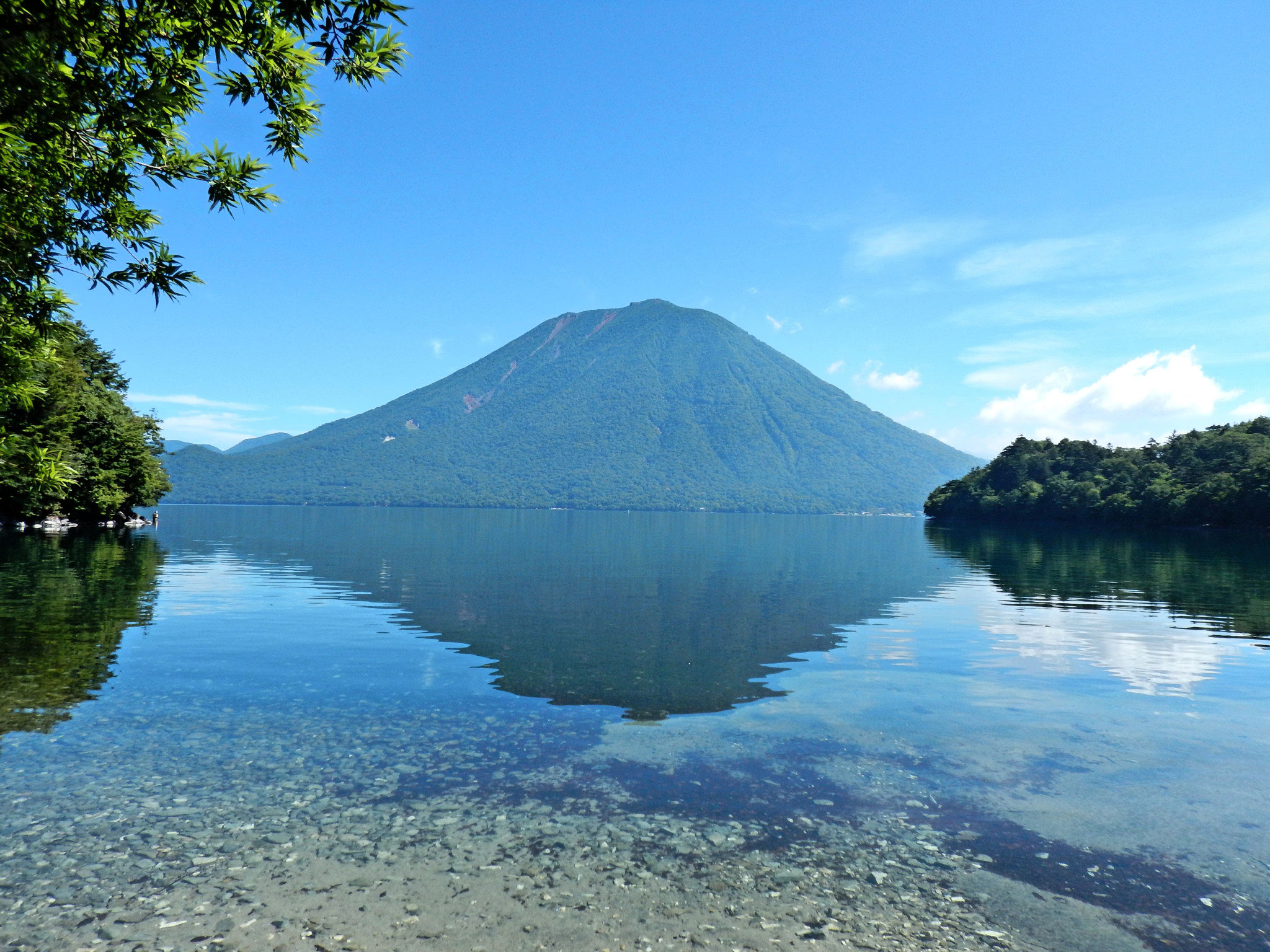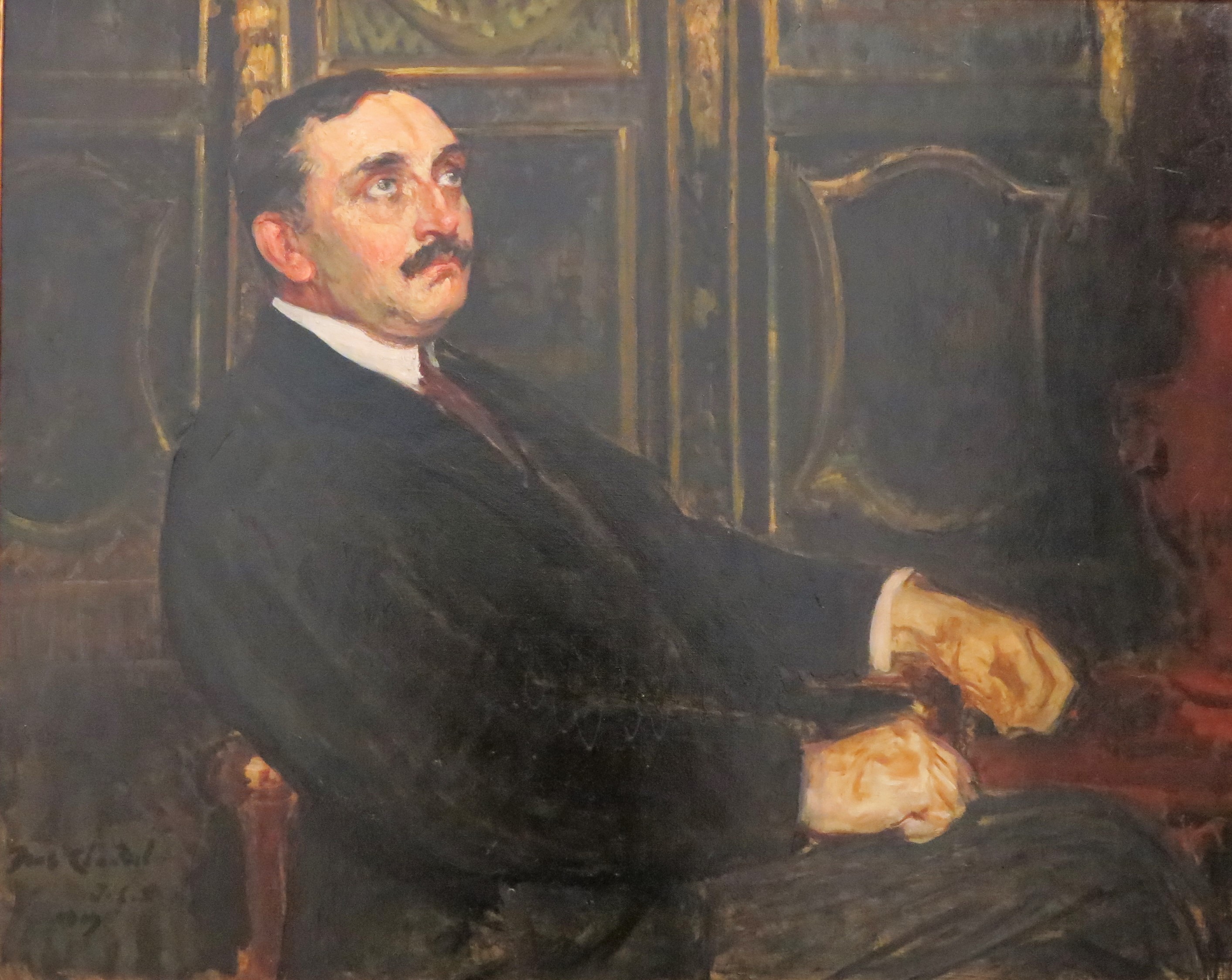When Nikko Inspired Paul Claudel
This town north of Tokyo was the location of the holiday residence of French diplomatic staff, to which the ambassador paid frequent visits.

Paul Claudel in 1926 holding a ‘bunraku’ puppet © Indivision Paul Claudel
‘This secret relationship through which the darkness of this pine marries the light greenness of those maple trees there.’ These are some of the words that can be read in the book Knowing the East, a collection of poems written mainly in China and published by Paul Claudel in 1900. However, for those initiated, these stanzas are in reality a vestige of the memory of a walk in Japanese nature.
A couple of years earlier, in 1898, the French poet, essayist, and playwright set foot in Japan for the first time. After wandering the streets of Tokyo and Kyoto, Paul Claudel escaped to more rural areas. He headed to Tochigi Prefecture, a mountainous region not far north of the capital. He travelled around there for a few days, particularly in the portion of nature connecting Nikko and Lake Chuzenji.
‘The most beautiful landscape one could imagine’
This lake, situated at an altitude of 1200 metres and reflecting the silhouette of Mount Nantai, very close to Mount Fuji, would go on to become one of Paul Claudel’s favourite backdrops for producing artistic work. Named the French ambassador to Japan between 1921 and 1927, he visited this picturesque setting very frequently because the holiday residence for the diplomatic staff had been established there since its acquisition by the French state in 1909. It is a haven of peace that reveals itself to the eye after meandering for several minutes through the heart of a forest of maple, pine and bamboo trees.
‘I am currently in Chuzenji, and I came down for one night, in the most beautiful landscape one could imagine, to the edge of a blue lake surrounded by mountains and forests, and at the foot of a beautiful volcano with lines close to those of Mount Fuji’, Paul Claudel told his friend Darius Milhaud, a classical composer.
Translating the Japanese countryside into writing
He continued, ‘I am living in an adorable Japanese house, you only need to pull on the paper panels and you are entirely merged with the forest, the sky, and nature. Life is beautiful and I am completely forgetting this Paris, where I do not wish to return anytime soon.’ The diplomat was living in a one-storey house, from then on known as ‘Paul Claudel Villa’, made from pine wood and with large glass windows that ran all along the façade, giving the inhabitant the impression of being in perfect communion with the surrounding nature and the passage of the seasons.
This is where he wrote part of his play The Satin Slipper, as well as other texts inspired by his immersion into the Japanese countryside and what he discovered of this region where the lake acts as a mirror of the surrounding nature, with references to it found in the collection The Black Bird in the Rising Sun. Paul Claudel immersed himself in this landscape one final time before leaving Japan in January 1927, as Michel Wasserman mentions in the essay D’or et de neige, Paul Claudel et le Japon (‘Gold and Snow, Paul Claudel and Japan’). The author consulted the diaries written by the poet and diplomat, and quotes from them: ‘Chuzenji. Last look. The Nantai of a delicious isabelline colour and scorched earth.’
D’or et de neige, Paul Claudel et le Japon (‘Gold and Snow, Paul Claudel and Japan’) (2008), an essay by Michel Wasserman, published in Les Cahiers De La Nrf on 10 April 2008, is published by Gallimard (not currently available in English).

© Wikicommons

© Wikicommons

© Wikicommons

‘Portait of Paul Claudel’, 1919, by Jacques-Emile Blanche © Wikicommons
TRENDING
-
The Tattoos that Marked the Criminals of the Edo Period
Traditional tattoos were strong signifiers; murderers had head tattoos, while theft might result in an arm tattoo.

-
Chiharu Shiota, Red Threads of the Soul
Last year, more than 660,000 people visited the retrospective 'Chiharu Shiota: The Soul Trembles' exhibit at the Mori Art Museum.

-
‘Before Doubting Others, Doubt Yourself. Who Can Truly Say a Dish Isn’t What It Used to Be?’
In ‘A Non-Conformist’s Guide to Surviving Society’, author Satoshi Ogawa shares his strategies for navigating everyday life.

-
The Story of Sada Yacco, the Geisha who Bewitched Europe
Described by Dazed magazine as the first beauty influencer, she has been restored to her former glory since 2019.

-
Ito Jakuchu's Naturalist Paintings
From 15 September until 14 October 2018, the Petit Palais showcased the artist's iconic ‘Images of the Colourful Realm of Living Beings’.





